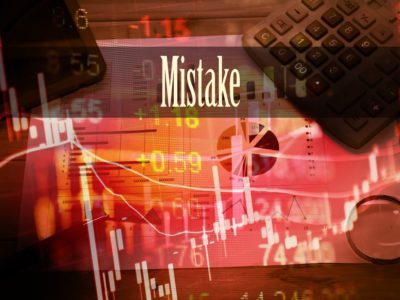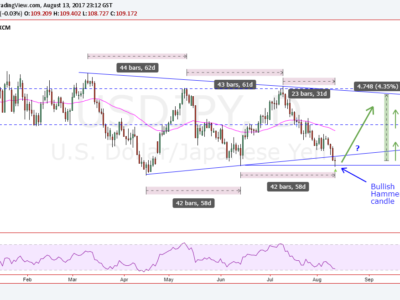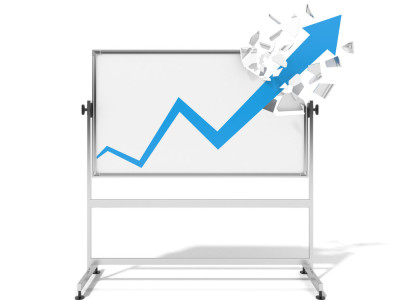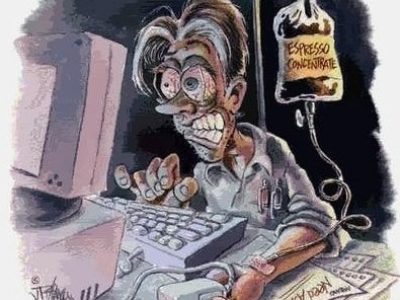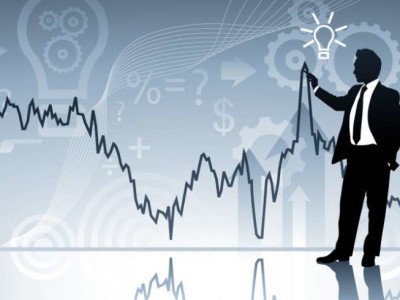5 Forex Dos and Don’ts You Will Never Learn Anywhere
The enthusiasm of new forex traders is always palpable whenever they hit the financial markets for the first time. Many of them would have attended expensive forex seminars and training courses. For all the training that a trader can get, there are a few things which are invariably never taught and are generally learnt only from experience. It is usually better to learn from the experiences of other traders and not from yours. Thus these few tips on the forex dos and don’ts will save you a few thousand dollars as you move along in your trading career.
Do Not Trade with an Under-Capitalized Account
The dangers of trading with under-capitalized accounts are not usually evident until some initial damage has been done to the new trader’s account. There are three dangers to trading with under-capitalized accounts. First, it is harder to conform to acceptable risk management standards which prescribe using not more than 1-3% of the total account size in market exposure at any time. Secondly, a single trade may end up using up all this margin and if another opportunity shows up, the temptation to setup another trade will kick in and invariably, cause the trader to overexpose the account in multiple trades. Thirdly, traders will end up being forced to use stop losses that are too tight, which end up choking the trades. Many trades first get into negative territory before turning positive. Using stops that are too tight will cause many trades to get stopped out prematurely, and losses can rack up pretty quickly.
Aim for Trades with High Reward-Risk Ratios
This is a success key used by some of the world’s best traders. Many new traders erroneously believe that they need to get more winning trades than losing ones to remain profitable. This is a very wrong assumption. One bad trade can wipe off several good ones. Likewise, a trader can lose more trades in a month and still come out profitable. The secret is in trading setups that yield a better reward-risk ratio. For instance, if you only setup trades where you stand to make 3 pips for every 1 pip risked as stop loss, it will take 3 losing trades to wipe off the profits from a single winning trade.
Illustration:
Trader John performs 20 trades in a month, each with a reward-risk ratio of 3:1. He wins 7 of those trades, and loses 13 trades. Assuming he uses a standard lot size for each trade, how much would he be left with at the end of the month?
Let us assume for each trade, he targets 90 pips profit, and uses 30 pips as stop loss (90:30 = 3:1). He would have won 90 X 7 = 630pips and lost 13 X 30 = 390 pips. He would still have made at least 240 pips, which is equivalent to $2,400.
So even though John loses twice as many trades as he has won, he still came out with a profit because he selected trades with a good reward-risk ratio. The only way to ensure you choose trades like these is to ensure that your entries are made as close to key areas of support (long trades) or resistance (short trades) as possible. This means that sometimes, you have to use Limit orders and not market orders. A few forex signals companies are realizing that this is the way to go and are now providing forex signals only on trade setups that can deliver these reward-risk ratios.
Measure Your Trade Performance in Pips, Not in Monetary Terms
Measuring your trade performance in pips keeps you focused and prevents you from overleveraging your trades or overexposing your capital in the market. When traders measure performance in monetary terms, they tend to use larger trade sizes in future trades to try and cover for any losses that have been sustained previously. It is usually best to measure performance in terms of pips, and this goes hand in hand with the strategy of only setting trades with reward-risk ratios. Again, if you want to use forex signals providers, check out those that detail performance in pips and not necessarily in monetary terms
Learn to Trade the News
The economic news will always cause traders in the market to develop a bias for certain currencies and an aversion for others. Thus there is a constant change in market bias for any currency pair being traded in the market. It is therefore crucial that new traders understand how to interpret the economic news calendar, know how to interpret the numbers behind the news and know how to trade these numbers. Even if a trader is averse to news trading, it pays to at least, know the basics of news trading. Whatever the case, every trader somehow trades the news, even if trades are setup to follow the trend days after the event must have occurred. So pay attention to news trades and know how to trade them.

Get Equipped with the Right Tools
A good soldier does not go to war with a pistol when his enemies are armed with Howitzers and heavy machine guns. Unfortunately, this is how many retail traders approach forex trading. They enter the market unprepared and outgunned by the big dogs in the market, and they pay a hefty price as a result. To stand a chance of picking anything from the market, you have to try to match what the big dogs have or at least, get access to witty improvisations of the tools that they use.
For instance, institutional traders are not solitary traders; they trade in teams with mentors overseeing trading activity of team members. In the same way, retail traders are best served trading in communities and not in isolation. The saying that “no man is an island unto himself” holds very true in forex trading. Also, try to get access to forex virtual private servers which can give you at an appreciable pedestal to mimic the colocation setups of the high frequency algorithmic software of institutional traders. There are lots of other tools which can vastly improve the chances of success of retail traders. The MT4 marketplace is a storehouse for these tools, many of which were not available ten years ago.

